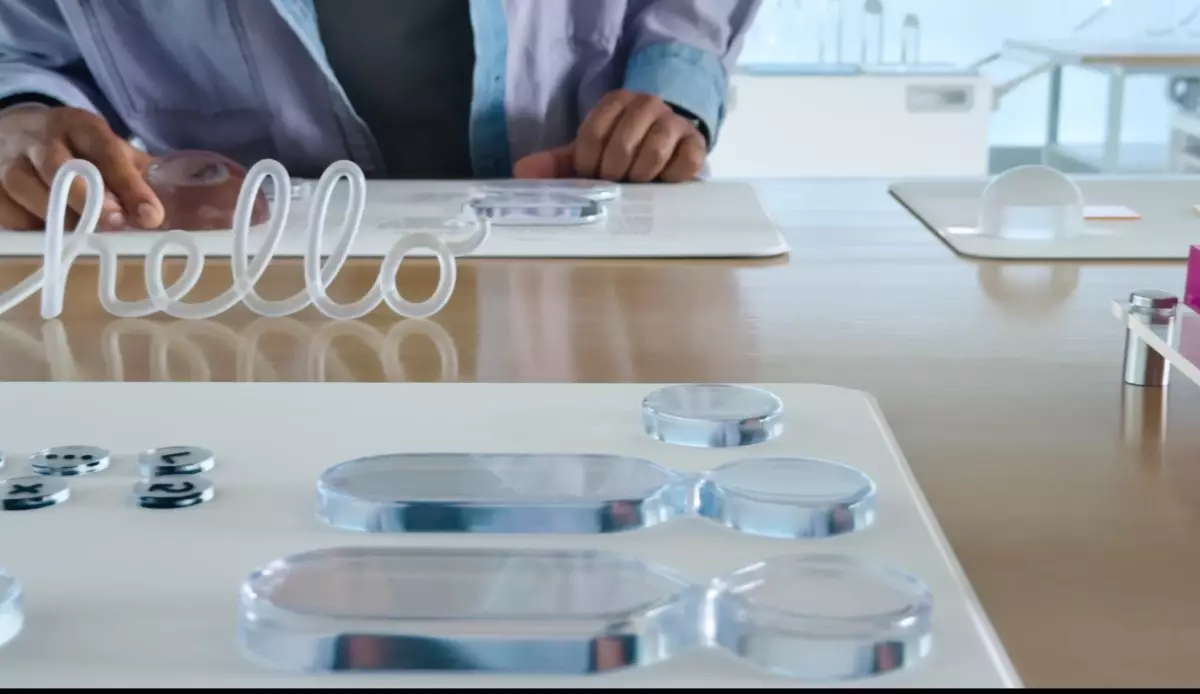At the highly anticipated WWDC 2025, Apple unveiled a groundbreaking software design, dubbed Liquid Glass. This overhaul marks one of the most significant shifts in Apple’s design philosophy in more than a decade. It isn’t just a simple aesthetic refresh; instead, it could be an essential precursor to a future revolution in augmented reality (AR) technology. While Apple is historically known for its trendsetting innovations, their bold move with Liquid Glass shows that the company is poised to lead the industry once again.
Liquid Glass metaphorically symbolizes a new window—one that reflects Apple’s aspirations toward greater immersive experiences. The design clearly signals the potential connection to anticipated AR glasses, which are rumored to launch in the upcoming year. The sleek aspect of this new visual language closely resembles that of Apple’s Vision Pro VR headset. However, the challenge lies ahead for Apple to capitalise on these aspirations while ironing out the initial shortcomings, specifically regarding opacity and user experience in various environments.
The Vision Pro and Its Challenges
While the Vision Pro VR headset showcased Apple’s engineering prowess and designed user experience, it struggled commercially due to its hefty price tag of $3,500. The device isn’t immediately indispensable compared to everyday technology. Still, the Vision Pro presented an intriguing concept by merging the real world with digital elements, thereby creating a more comfortable user experience. It alleviated much of the disorientation often associated with virtual reality through its mixed-reality capabilities, layering digital windows seamlessly on top of users’ real surroundings.
It’s essential to acknowledge that even though the Vision Pro didn’t resonate with consumers, it did set the groundwork for what may come next—a competitive line of AR glasses that Apple desperately needs to introduce. With rival companies such as Meta and Google already investing heavily in augmented reality, Apple risks being left behind in this burgeoning sector.
Design Language: A Balance of Aesthetics and Functionality
One of Apple’s undeniable strengths is its ability to blend functionality and sophistication in design. Unlike Meta’s Ray-Bans and Google’s attempts in the realm of smart glasses, Apple’s Liquid Glass concept offers a glimpse of an elegantly crafted interface that could redefine user perception of augmented reality. The modern, minimalistic aesthetics Apple is known for could provide a balanced approach, ensuring that design enhancements don’t overshadow functionality.
Crucially, if these AR glasses come to fruition, they must include integral features that seamlessly integrate with daily life. Reports indicate that Apple’s upcoming devices would incorporate microphones, cameras, and improved speakers, as well as voice assistants like Siri. This could also enable functionalities such as real-time translations, notifications, and media playback in a more sophisticated manner. However, achieving effective integration is critical; a poorly designed notification interface could lead to user frustration if visual elements do not harmonize with what users perceive in their surroundings.
The Need for Subtlety: Blending Reality and Digital Elements
The trick for Apple lies not just in creating functional products but also in ensuring that digital information enhances rather than distracts. Users crave a natural interaction with technology—one where digital notifications don’t appear as jarring interruptions. Successfully merging AR components into a user’s visual field without obstructive displays will be a significant test of Apple’s design influence.
If Apple manages to implement a system where overlays are subtle and contextually relevant, they have the potential to redefine how digital information interacts with our physical environments. The aesthetics of notifications must transcend basic visual alerts, aiming for something nearly invisible yet effective, integrating instead of intruding. As the design landscape evolves, the challenge will be to keep the interface intuitive while adhering to Apple’s reputation for elegance and sophistication.
While we are still in the early stages regarding Apple’s forthcoming AR glasses, Liquid Glass paints a compelling image of what’s possible. Apple’s efforts to intertwine innovative design paired with advanced functionalities might set a new benchmark for how we experience augmented reality—one that prioritizes user experience alongside aesthetic appeal. This could reshape not just personal technology but, in a broader sense, societal interactions with digital environments.

